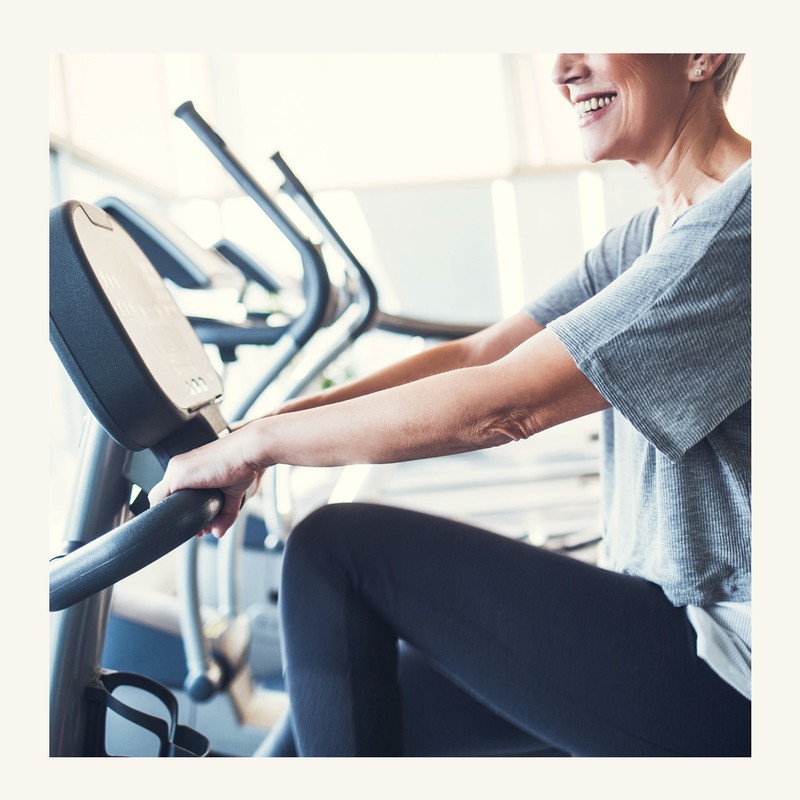
An Expert’s Guide To Cycling For Fitness
First, what are the benefits of cycling as you age?
Cycling is a fantastic way to keep the body strong as you age, says Adam Daniel, health and performance coach and lead master trainer for Wattbike. Here he explains why…
Cycling Helps You Walk Better: A recent study found older cyclists maintain a walking efficiency similar to adults who are decades younger. The study showed that participants who rode for at least 30 minutes three times per week were less likely to experience age-related physical decline in walking efficiency than those who walked the same amount for exercise. The study also found that the older cyclists were 9% to 17% more efficient at walking than those who didn’t ride a bicycle.
Protects Your Immune System: As we age, the immune system naturally weakens. However, a 2018 study suggests cycling can ward off the effects of ageing and keep your immune system strong.
It’s Good For Heart Health: Cycling is great for cardiovascular health. Not only does it reduce the risk of death from all causes by more than 40%, but it also cuts the risk of cancer and heart disease by 45%. In fact, riding a bike regularly can increase your heart health by as much as 7%. Cycling for around 30 minutes each day will also reduce your risk of diabetes and kidney disease.
A Longer Life: According to a study of Tour de France riders, cycling increased the racers’ longevity. On average, the cyclists lived to 81.5 years compared to the general population’s 73.5 years – a 17% increase. Another study from 2018 showed that riding between just one and 60 minutes per week could cut the risk of early death by up to 23%.
Slows The Ageing Process: Researchers have found that high-intensity cycling can have a significant effect on anti-ageing at a cellular level. One study found those who did high-intensity cycling had an increase in mitochondrial capacity – mitochondria are the powerhouses in your body's cells that are responsible for your energy levels. A decline in mitochondria can lead to physical decline, so the better your mitochondria function, the more rejuvenated and energised you will feel.
Reduced Stress Levels: Countless studies show cycling is one of the top stress-busting activities. Cyclists enjoyed 21.6% fewer days of poor mental health compared to those who don’t ride. This was second only to team sports. Head out cycling with a friend to reap the benefits.
How does cycling compare to running when it comes to improving fitness levels?
“Both are great for building cardiovascular fitness, but cycling may have the edge as you age. In general, running burns more calories than cycling, yet cycling is more effective at building muscle in the lower half of the body (stronger muscles around the knee mean less chance of injury) as well as being easier on the joints. There’s no doubt running beats your body up more than cycling. One study that compared trained, competitive cyclists and runners found the runners had substantially more muscle damage (up to 404% more), higher inflammation levels (up to 256% higher) and 87% more muscle soreness in the 38 hours following an intense workout compared to the cyclists. Cycling will improve your cardiovascular health in the same way as running, albeit without putting stress through the body.” – Adam Daniel
How can you turn a casual bike ride into a workout?
“Don’t jump in at the deep end – ease yourself in over a four-week period. Start with two 15-minute sessions during the week and one 20-minute cycle at the weekend for week one; then in the second week, aim for two 20-minute sessions during the week and one 20-30-minute cycle at the weekend. Then in week three, do three 20-minute rides in the week and one longer 30-minute ride at the weekend, and by week four, aim for four sessions in total, three of at least 20 minutes during the week and one of at least 30 minutes at the weekend. By building slowly in this way, you’ll not only improve endurance and fitness but confidence levels, too. Once you are feeling stronger, focus one of your weekly sessions on resistance and one on speed. When it comes to speed, aim for short bursts of speed – 20 seconds on and 40 seconds off repeated several times is a good place to start.” – LJ Holmes, instructor at Apex Rides
How much does incline matter when you’re cycling?
“Cycling on an incline requires extra effort, which will raise your heart rate and build more muscle. However, you don’t necessarily need access to hills to reap the benefits of cycling on an incline. Even if you are cycling on a flat path, you can still challenge yourself by riding in a higher gear, as this will require more wattage to turn the pedals. And if you’re riding indoors, increasing the resistance on the bike will achieve the same result.” – Adam Ridler, master trainer at Ten Health & Fitness
What about speed?
“Speed is relative and is influenced by many variables, from wind and elevation to the type of bike you’re riding, and even your body shape. Comparative speed is a far better indicator – if you ride the same route, tracking your average speed over time is a much better way to measure progress. A better measure to use instead of speed is a rate of perceived exertion, which measures your effort out of ten. A recovery ride should be around one to three out of ten; a low-intensity ride should be no greater than five out of ten; while a higher-intensity session should be around eight out of ten.” – Adam Ridler
Which is better – indoor or outdoor cycling?
“Both have their pros and cons. Cycling outdoors works muscles in a different way to cycling indoors as your body has to balance the bike. Riding outdoors also gives you the opportunity to be in nature, which can be more mindful. However, unless you are seriously committed to outdoor cycling, it’s trickier to get as good a workout as you can with indoor cycling. For example, when I ride outdoors, I can never get the same calories burned on my Apple Watch, maybe only half if I am keeping the pressure on for a full 40 minutes pushing as hard as I can. Indoor cycling can be a good choice if you are looking for something more competitive too – lots of studios offer classes that are stats-based. There’s no denying that the atmosphere of an indoor cycling studio makes it easier for the average person to get their heart rate up.” – Hilary Rowland, co-founder of Boom Cycle
Are there any accessories you should have to hand when cycling outdoors?
“Be safe and be seen should be your motto. Good lights and high visibility clothing will improve visibility to other road users. Cycling helmets, meanwhile, have been a source of debate as to their safety, so do your own research and make your own decision accordingly. Personally, I always wear one. Ensure your equipment is safe to use and that your chain, brakes and tyres are all in good working order. You can always practise simple bike handling manoeuvres off-road before venturing out. Many local councils also offer free cycling training, which can help build confidence.” – Adam Ridler
Finally – what are your top tips for being a better cyclist?
“Set up your bike correctly and you’ll guarantee a better workout and a reduced risk of injury. Start by ensuring your saddle isn’t too high or low – aim for a straight leg at the bottom of the pedal stroke with a slight bend in the knee, which will allow you to both push the pedal down through the quads in the front of your legs but also drag the pedal back using your hamstring and glutes. Set your handlebars to a height where you are comfortable, making sure there is no discomfort in your lower back, neck or shoulders. Once your bike is set up, improving your trunk stability will also help. Being able to hold your body and pelvis still while your legs are pushing the pedals provides a greater transfer of power and wastes less energy, so you will go faster for longer.” – Adam Ridler
“Investing in a pair of cleats can help you get a more efficient ride. When you wear cleats, you clip into the pedal and essentially become ‘one’ with the bike, allowing you to engage the leg muscles more. Wearing cleats also means you lift the pedal and drive down into it, which can create more power.” – LJ
For more information visit WattBike.com, ApexRides.com, Ten.co.uk and BoomCycle.co.uk
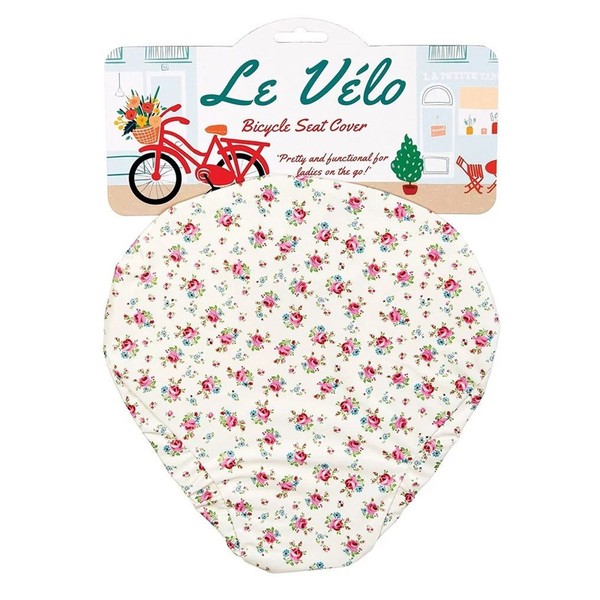
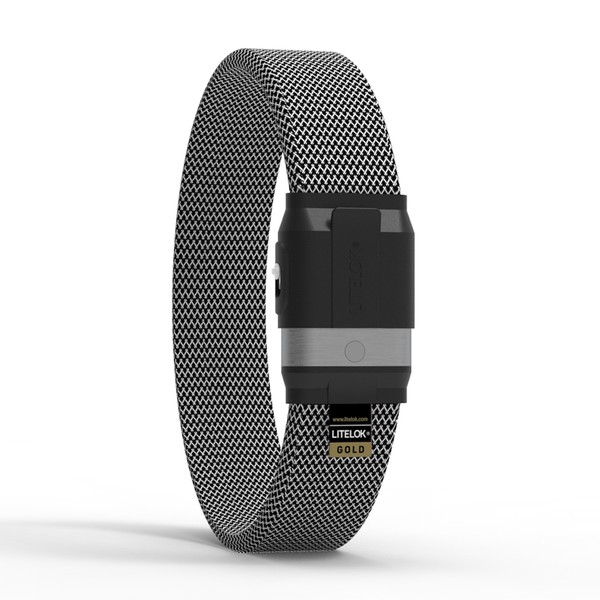
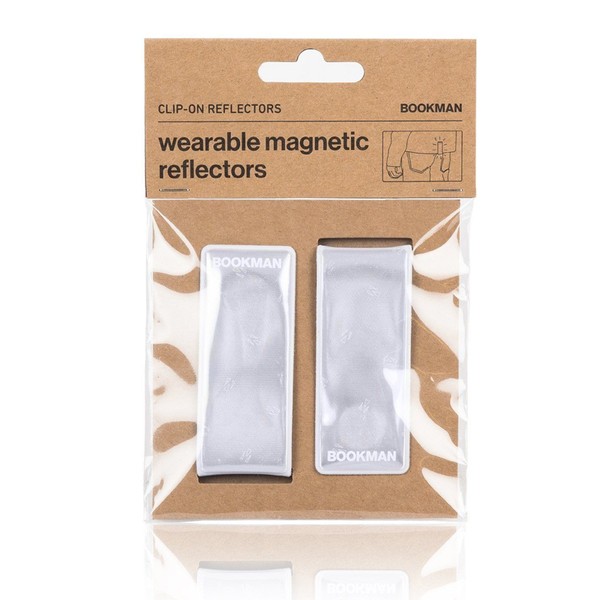
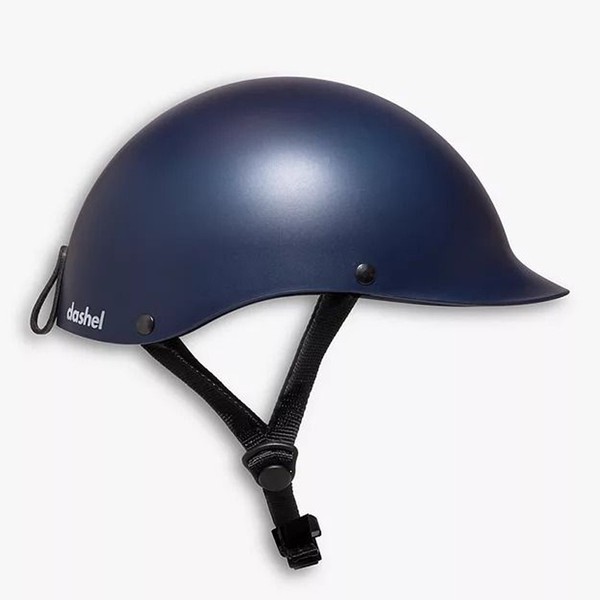
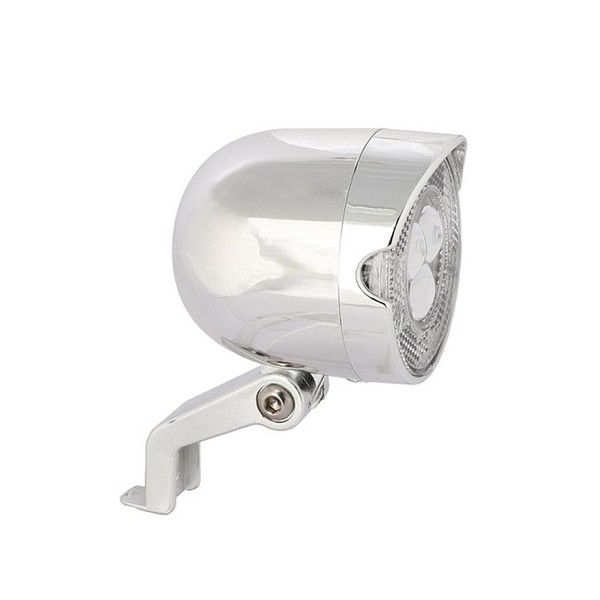
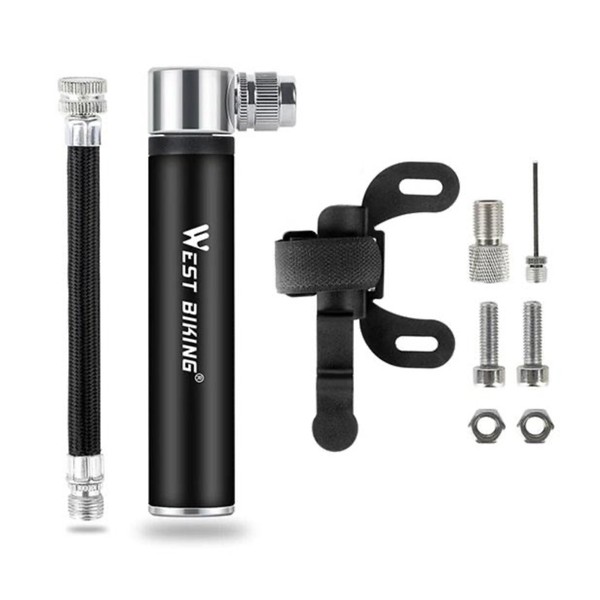
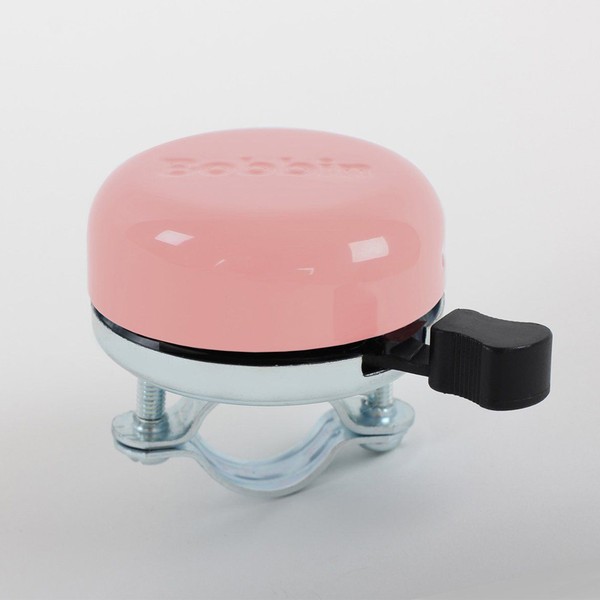
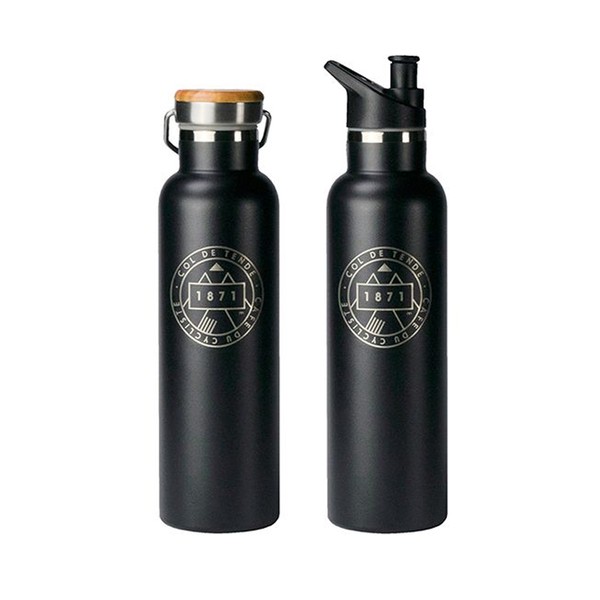
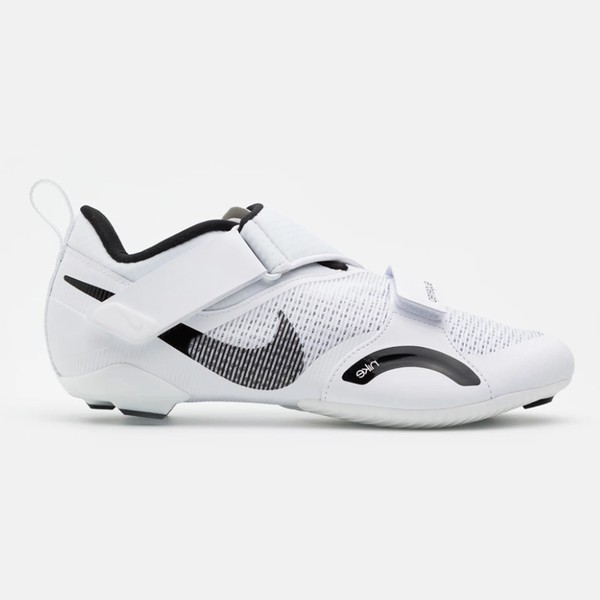
DISCLAIMER: Features published by SheerLuxe are not intended to treat, diagnose, cure or prevent any disease. Always seek the advice of your GP or another qualified healthcare provider for any questions you have regarding a medical condition, and before undertaking any diet, exercise or other health-related programme.
DISCLAIMER: We endeavour to always credit the correct original source of every image we use. If you think a credit may be incorrect, please contact us at info@sheerluxe.com.

